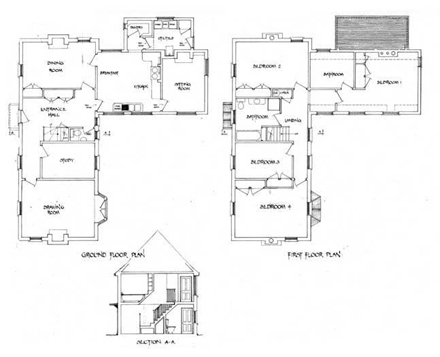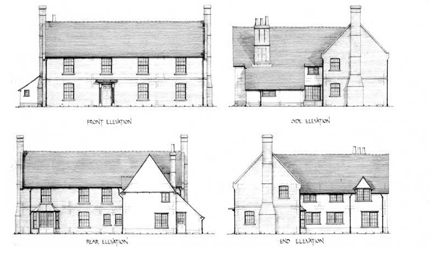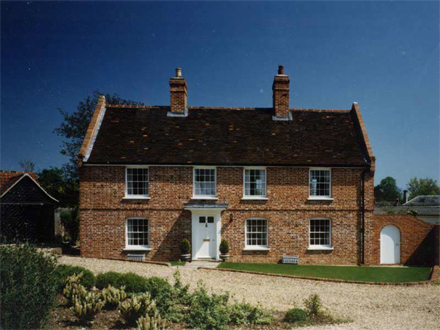Planning
Stephen Mattick produces all the planning permission application drawings required by the Local Authority.
What is planning permission?
Your local planning authority (LPA) usually the district or borough council is responsible for deciding whether a proposed development should be allowed to go ahead. This is called planning permission.
Most new buildings, major alterations to existing buildings and significant changes to the use of a building or piece of land need this permission.
What Type of Permission?
You can carry out a number of household building work projects, provided they meet certain limits and conditions. The main types of permission required for works to an existing house are:
Householder planning consent
For proposals to alter or enlarge a single house, including works within the boundary/garden of a house, such as extensions etc.
Full planning consent
This should be used for applications that require changes of use or building and engineering works such change of use of a property, building an additional property within the grounds of a current dwelling etc.
Listed Building consent
This is needed for alternations, extensions or demolitions which affect the character or fabric of a listed building
Conservation area consent
This is required for demolition of unlisted buildings within conservation areas.
Because of his sympathetic approach Stephen frequently succeeds in obtaining difficult planning permissions associated with listed buildings and projects in conservation areas.
Building Regulations produced and submitted to Building Control
Once planning has been approved, Stephen will obtain a quotation for the building regulations drawings from a colleague, for submission to your local Building Control department. This also includes any structural elements for which structural calculations may be required.
What are building regulations?
Building regulations apply to building projects in England and Wales.
They set out:
- what constitutes building work
- requirements for material and workmanship
- water and energy efficiency requirements
- requirements for testing and commissioning of services
- types of buildings that may be exempt from building regulations requirements for the technical performance of building work
- aspects of building design and construction ranging from structural matters, fire safety, and energy conservation to hygiene, sound insulation, and access to and use of buildings
- relevant procedures that must be followed
Building regulations standards are applied and enforced through the Building Control system and are supported by technical guidance documents.
These technical documents - known as approved documents - provide guidance for meeting the requirements of the regulations.


